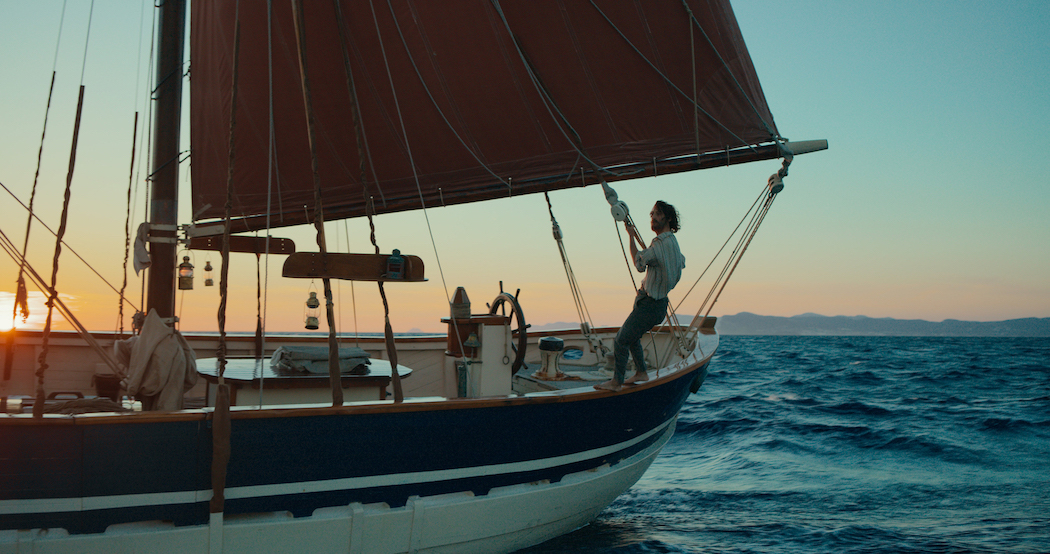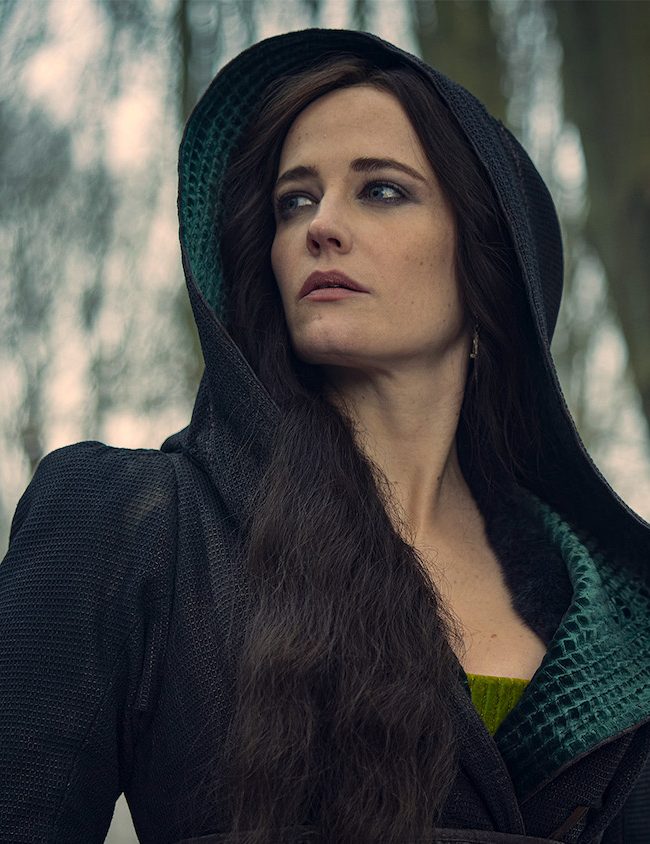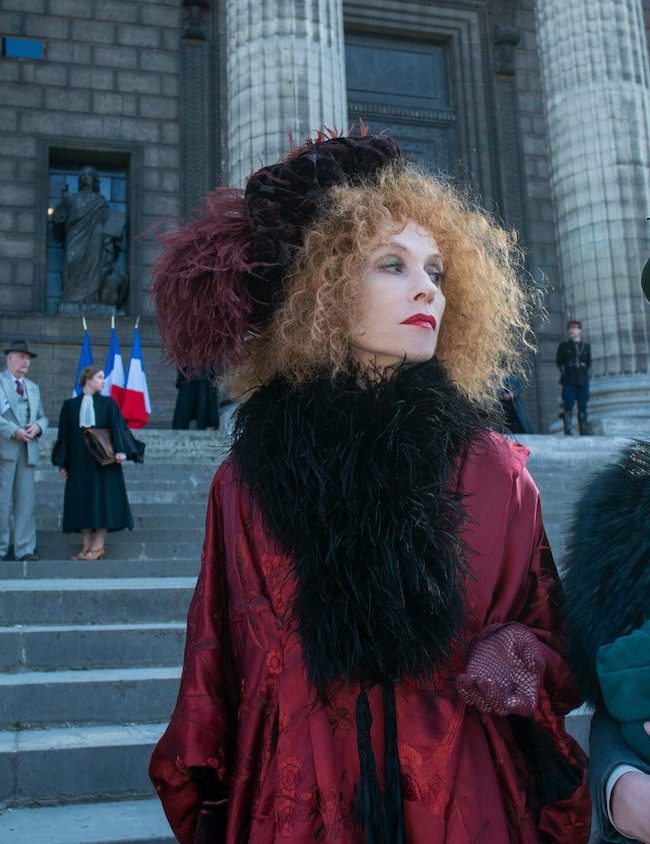THE COUNT OF MONTE CRISTO

(Check out Chris Reed’s movie review of The Count of Monte Cristo, in theaters now. Seen it? Join the conversation with HtN on our Letterboxd Page.)
Matthieu Delaporte and Alexandre de la Patellière—writers of the The Three Musketeers – Part I: D’Artagnan and its sequel, The Three Musketeers – Part 2: Milady—bring us yet another Alexandre Dumas adaptation with The Count of Monte Cristo, which they also direct. Written in the 1840s, the original novel takes place at a critical time in French history, just after the exile and return and then exile again of the one-time emperor, Napoleon. It’s a wild era of restoration and conservative crackdown, the perfect backdrop for a tale of villainy and revenge.
The movie’s plot, which follows the basic trajectory of the novel yet has some significant changes, concerns one Edmond Dantès, a low-born sailor who through a daring feat of courage wins promotion to captain of a merchant ship. This good fortune allows him the security to propose to his love, Mercédès, who in this version is from an aristocratic family for which Dantès’ father works as a servant. When Edmond and Mercédès announce their plans to marry to his friend and her cousin, Fernand de Morcerf, this ostensibly genial confidant is shocked. Given the obvious love for Mercédès we read on Fernand’s face, it’s easy to sense trouble ahead.
Adding to this foreboding is the fact that in his rise to captain, Edmond displaced a more senior seaman, Danglars, who had just disciplined him. The reason for that reprimand, which ultimately backfired on Danglars, was that Edmond had jumped into the ocean to save a drowning woman, going against orders to stay put. That woman, Angèle de Villefort, bore a message from Napoleon to his supporters on the mainland. Since Danglars confiscated the note, he now uses it to set Edmond up for a fall.
And so it comes to pass that on the day of his wedding to Mercédès, Edmond is arrested, Brought before the local prosecutor (we are in Marseilles, on the Mediterranean coast), a certain Gérard de Villefort (the brother of Angèle), Edmond thinks that all he need do is plead innocent and that with the support of the de Morcerf family, he will get off. Not so fast. Sensing opportunity, Fernand—encouraged by de Villefort (who would like to avoid scrutiny of his own family) and Danglars (transparent in his actions)—signs a document accusing Edmond of being a Bonapartist. The result is that Edmond is whisked away to the notorious offshore Chateau d’If prison to spend the rest of his life rotting in a dungeon.
And so he rots, until one day, 4 years later, a fellow prisoner, the older Abbé Faria, mistakenly digs into his cell (he is trying to dig through the outside wall). The two rejoice in human company, and join forces to dig together, a project that may take another decade (if not longer). In the meantime, the educated Faria teaches Edmond everything he knows (literature, languages, culture), including the location of a vast treasure on the island of Monte Cristo. It was his refusal to give up that information that landed Faria in prison.
Sadly, as—10 years later—the two men finally approach the outside wall, a ceiling collapse mortally wounds Faria. Once the guards discover the dead man in his cell, Edmond then takes Faria’s place in the body bag, escaping after it is thrown over the walls into the water below. He makes his way to Marseilles, finds a boat, and eventually locates the treasure on Monte Cristo. Rich beyond his wildest dreams, he can do whatever he wants. Guess who’s coming to exact a cold, possibly bloody vengeance?
All of the above takes up only the first hour. There are two more to go, and those who enjoy intrigue-laden narratives have much to hold their attention here. The cast is strong, and though some of the filmmaking techniques lean heavily into cheese and sentiment (there are a few too many slo-mo shots of capes swishing and dogs running, for my taste), overall the pacing is solid. If you have read Dumas’ book, the differences (especially towards the end) may surprise, including an appreciably different final outcome. Still, this is recognizably the same story, and mostly a success.
Pierre Niney (Black Box) is quite good as Edmond, though his disguises sometimes strain credulity (no fault of his own). Anaïs Demoustier (The Beast in the Jungle) has less to do as Mercédès, but is still fine. The three principal villains—Danglars, de Morcerf, and de Villefort—are played by Patrick Mille (Lee), Bastien Bouillon (Umami), and Laurent Lafitte (Elle), respectively, who all bring plenty of scowling charm to the parts. The film is far from perfect, but it is still a lot of fun. The bad guys had it coming.
– Christopher Llewellyn Reed (@ChrisReedFilm)
Samuel Goldwyn Films; Matthieu Delaporte and Alexandre de la Patellière; The Count of Monte Cristo











